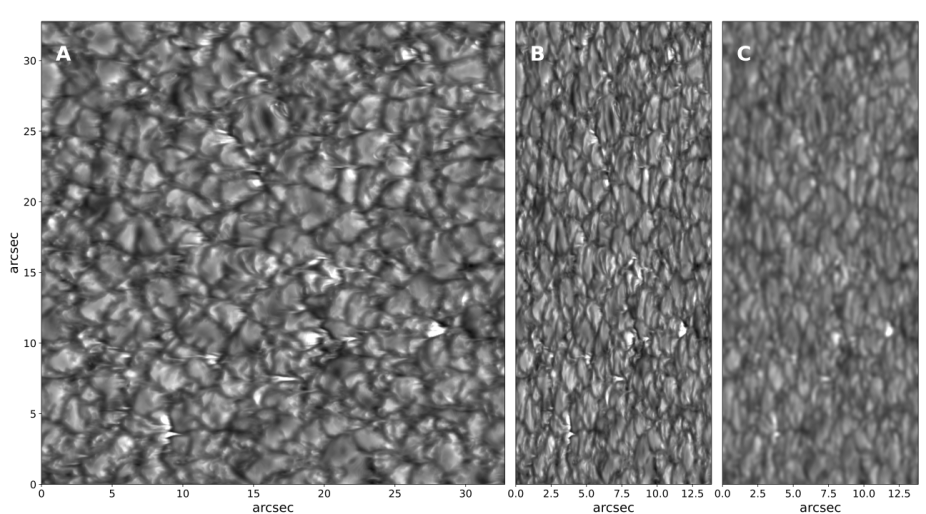We study the extent to which Milne-Eddington inversions are able to retrieve and characterize the magnetic landscape of the solar poles from observations by the spectropolarimeter onboard Hinode. In particular, we evaluate whether a variable magnetic filling factor is an adequate modeling technique for retrieving the intrinsic magnetic properties from every pixel in the polar field of view. We first generate synthetic spectra emerging from a numerical simulation of a "plage" region at an inclined line of sight of 65 degrees, and degrade the data to emulate real observations. Then, we invert the synthetic spectra with two Milne-Eddington inversion codes that feature different treatments of the magnetic filling factor, and relate the retrieved magnetic quantities back to their original values in the simulation cube. We find that while the apparent retrieved magnetic properties map well the spatially-degraded simulation, the intrinsic magnetic quantities bear little relation to the magnetic field at the native resolution of the simulation. We discuss the systematic biases caused by line-of-sight foreshortening, spatial degradation, photon noise and modeling assumptions embedded in the inversion algorithm.

Continuum intensity derived from the synthetic spectra at three different stages in the process. A: synthetic continuum image from the spectra emerging from a 65 degree LOS at the native resolution of the simulation (i.e. 16 km sampling). B: continuum intensity after foreshortening the pixels along the LOS direction. C: continuum image after spatially convolving the synthetic data with an Airy disk of 240~km radius.